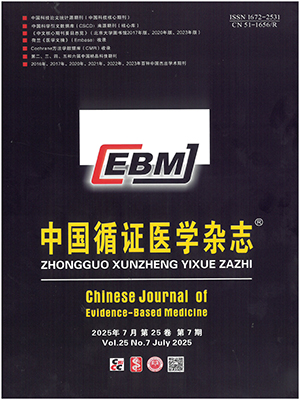Etiological and prognostic studies always directly reported effect size with its 95% confidence interval, hence, data transformation was needed when performing meta-analysis based on these studies. Using the data of risk ratio, hazard ratio, odds ratio and 95% confidence interval as an example, this paper introduces the process of using RevMan 5.3 software to convert data and perform meta-analysis.
Citation: WANG Chaoyang, WENG Hong, LI Binghui, REN Xuequn, ZENG Xiantao. Application of RevMan 5.3 software for data transformation in etiological and prognostic meta-analysis. Chinese Journal of Evidence-Based Medicine, 2017, 17(7): 852-856. doi: 10.7507/1672-2531.201704069 Copy
Copyright © the editorial department of Chinese Journal of Evidence-Based Medicine of West China Medical Publisher. All rights reserved
-
Previous Article
Brief introduction of Bayesian N-of-1 trials -
Next Article
Introduction of Core Outcome Set-STAndards for Reporting (COS-STAR)




